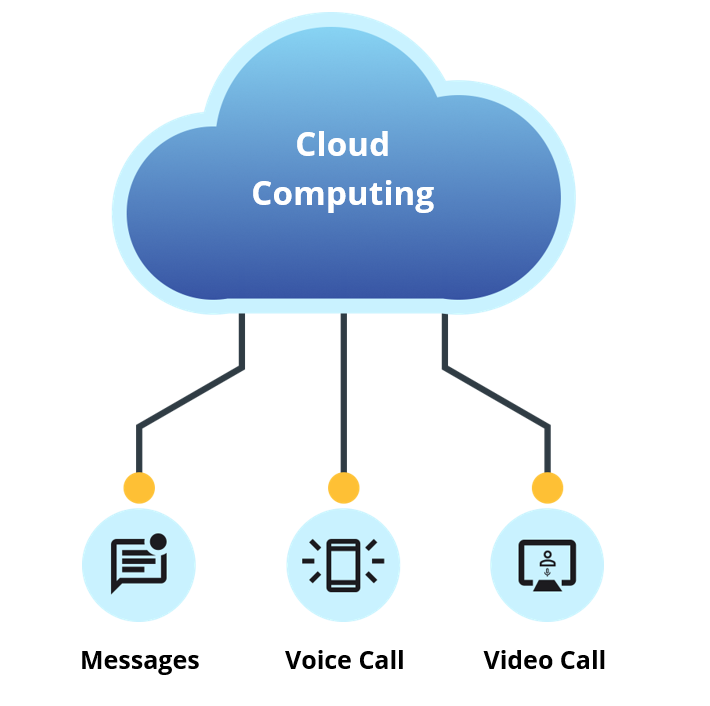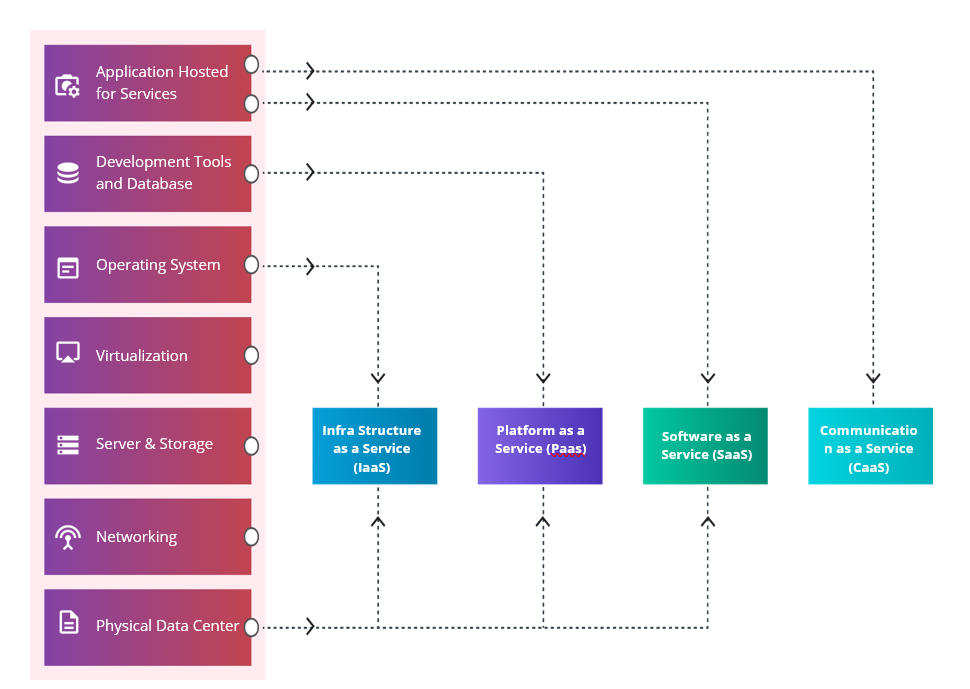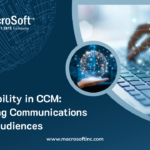

What is CXM or CEM and How it Helps Organizations
Customer Experience Management is known as CXM or CEM. It is a business concept that helps to improve interaction between the company and the customer. CXM or CEM is a set of processes to track interactions between customers and the organization that helps to:
- Collect the Accurate Complete Data,
- Track Satisfaction, and
- Measure Total Experience.
How CXM differs from CRM
CXM may look similar to Customer Relationship Management (CRM) but differs based on the perspective of company verse customer. While CXM outlines how a firm seems to the customer, CRM illustrates how a customer appears to the business.
Evolution from CCM to CXM
The evolution of Customer Communication Management (CCM) to CXM is driven because of enhanced customer experience. Now the CCM industry has moved to the modern cloud-based platforms, which has overtaken the deployments as the customer communications and experience solutions of the future.
CaaS (Communication as a Service)
Communication has become the most important aspect of businesses as they can progress faster with the help of an effective communication solution. CaaS vendors offer their customers a cloud-based solution called “Communication as a Service” (CaaS). The facilities provided by CaaS, and similar services are quickly expanding in the business communication world. It is a part of a greater trend toward cloud computing services and other remote services employed by businesses to cut back overhead or optimize business processes.
The primary advantages of CaaS (Communication-as-a-Service) are being responsive, secure, and stable. This helps by providing a more responsive and secure experience for users while evaluating CCM to CXM. CaaS is part of a larger category of services known as Software-as-a-Service (SaaS) and it is a specialized variation of SaaS for communication. It includes unified communications, broadcasting, individual calls, video conferencing, Voice over Internet Protocol (VoIP), and text messaging.


Significant Features of CaaS:
- Advanced Unified Communication
This includes Chat, Multimedia conferencing, Outlook integration, Video calls, Unified messaging, and mobility. Currently, new features are being introduced by CaaS vendors to their CaaS services which makes the CaaS application much faster and scalable, ultimately benefitting the end users.
- No Software to be Purchased and Installed
CaaS vendors are 100% responsible for managing the hardware and software utilized to provide communication service to their customers. It is a pay as you go cloud system where the customer only pays for the service provided to them by the CaaS vendor.
- Flexible and Scalable
It is possible for the customer to outsource the communication services provided by the CaaS vendors making it highly flexible. The service requirements of customer can be extended based on their demands which makes the CaaS system scalable and economical.
- No Risk of Outdating
The hardware and software support provided by the CaaS vendors are constantly updated to provide communication services that meet the changing market demands. This constant maintenance and support keep the CaaS system updated, so the customers do not have to worry about the obsolescence while using the services.
- Cost-free Maintenance
There is no maintenance cost incurred by customers outsourcing the CaaS service. This is because the hardware and software requirements are updated and maintained by the CaaS vendors.
- Business Continuity Guaranteed
In the event of a services disruption, CaaS provide companies business continuity with disaster recovery plan. This is achieved by distributing risks through geographically dispersed data centres which mitigate risks ensuring the client companies can continue to perform essential operations until recovery.
How Does CaaS Work
CaaS is selectively deployed by business users on a pay-as-you-go basis. Customers can selectively deploy various hardware and software communication features and only pay for what service they utilize. CaaS vendor provide a flexible, scalable, and customizable service plan for each customer and their users which is based on their requirements.
CaaS vendors are governed by stringent service level agreements ensuring the quality of communication services provided. A fully hosted cloud-based solution, CaaS supports multiple operating systems such as Windows, Linux, Android and iOS as well as multiple devices including mobile phones, tablets, televisions, and laptop computers.
CaaS provides communication services like VoIP and Unified Communications without having the need to purchase high-end communication devices. CaaS solutions leverage enterprise-class communication services without the need to build or host complex premise-based systems. It follows a utility-based pricing model where organizations only pay for what they utilized.
The following is a high-level diagram that shown various services and its level of operation with CaaS operating as an application hosted service.


Advantages of Communication-as-a-Service (CaaS)
- CaaS is an economical solution that delivers communication service without the customer investing in costly infrastructure.
- CaaS vendor provides customers flexible 24/7 services charged on a pay as you go basis.
- CaaS provide customer demand-based services that are scalable as required.
- CaaS provides single vendor managed services which offers complete communication solutions.
- Customers face no risk of service becoming obsolete as vendors are responsible for upgrading the carrier platform.
- Enhanced and robust security.
- There will be no issue with the continuity of the business during a catastrophic event.
- CaaS helps organizations lower operational costs.
- Quickly and easily build new customer experience solutions
- Provides uninterrupted business continuity.
How CaaS Benefits Businesses
Many small and medium sized businesses have benefitted from CaaS services leveraging its flexible and scalable communication technology which otherwise would not be affordable. It has allowed companies to scale up their services as per their communication needs, weather be it adding of devices, multichannel outputs, or keep pace with demands without wasting any resources. There are no operational risks to companies as CaaS provides for periodic updates or replacement and continued business continuity.
Macrosoft The Right CCM Partner
With years of implementation, migration, licencing, and competence with Quadient Inspire have earned Macrosoft the Quadient Inspire Preferred Partner designation. Macrosoft has the largest global team of Quadient Certified Developers. This highly skilled team ensures we have the capacity to serve clients in the healthcare, insurance, finance, and print industries. We provide clients an exceptional experience by effectively implementing complicated communication requirements in a clear, easy-to-use, friendly approach. Contact Macrosoft to learn how a CaaS solution can be implemented for your business.
By Palanisamy K Chidhambaram, Sumit Kumar Singh | December 13th, 2022 | Quadient Inspire
Recent Blogs


The Rise of Intelligent Automation: A Roadmap for Success
Read Blog

Accessibility and Inclusivity in CCM: Designing Communications for All Audiences
Read Blog

Unlock Success: 4 Game-Changing Cybersecurity Factors that Revolutionize Your Operations
Read Blog


 Home
Home Services
Services




































